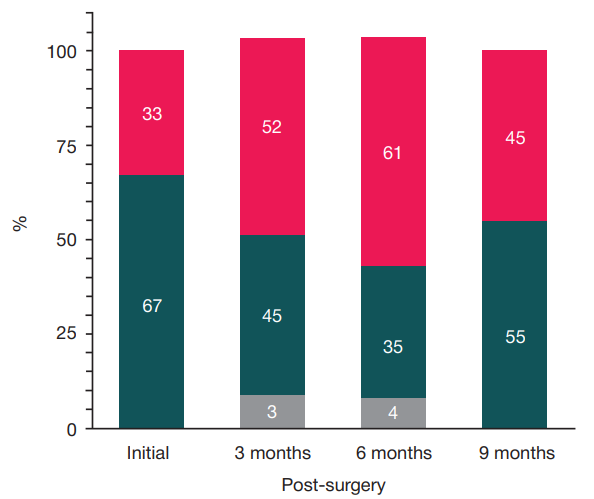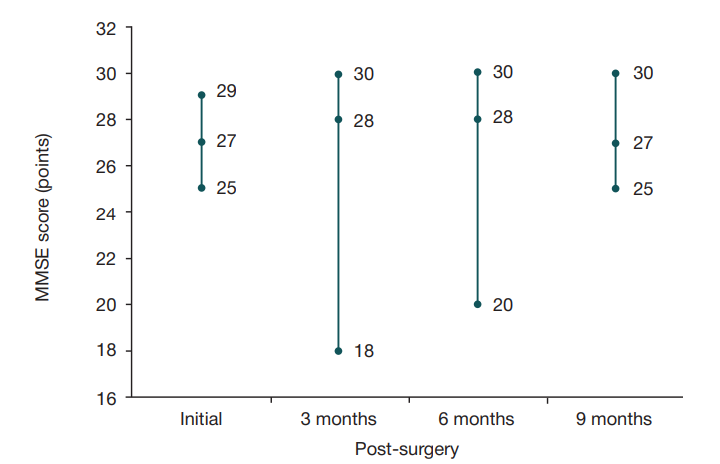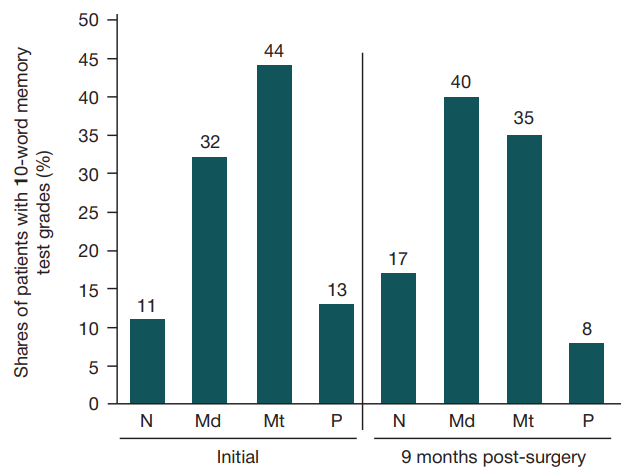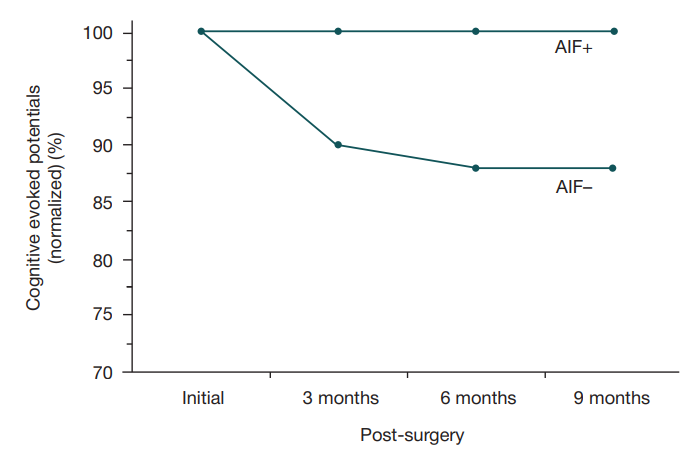
ORIGINAL RESEARCH
The state of cognitive functions after angioreconstructive operations on the carotid arteries
Research Center of Neurology, Moscow, Russia
Correspondence should be addressed: Roman B. Medvedev
Volokolamskoye shosse 80, Moscow, 125367; ur.xednay@namor-vedevdem
Funding: the study was ordered by the Research Center of Neurology (Federal Research Institution).
Author contribution: Tanashyan MM — study design development, manuscript editing; Medvedev RB — literature analysis, study design development, data collection, analysis and interpretation, manuscript authoring; Lagoda OV and Berdnikovich ES — literature analysis, study design development, data collection and interpretation, manuscript editing; Skrylev SI — angiosurgery, manuscript editing; Gemdzhian EG — study concept and design, data analysis, statistical analysis, manuscript compilation and editing; Krotenkova MV — image data analysis and interpretation, manuscript editing.





